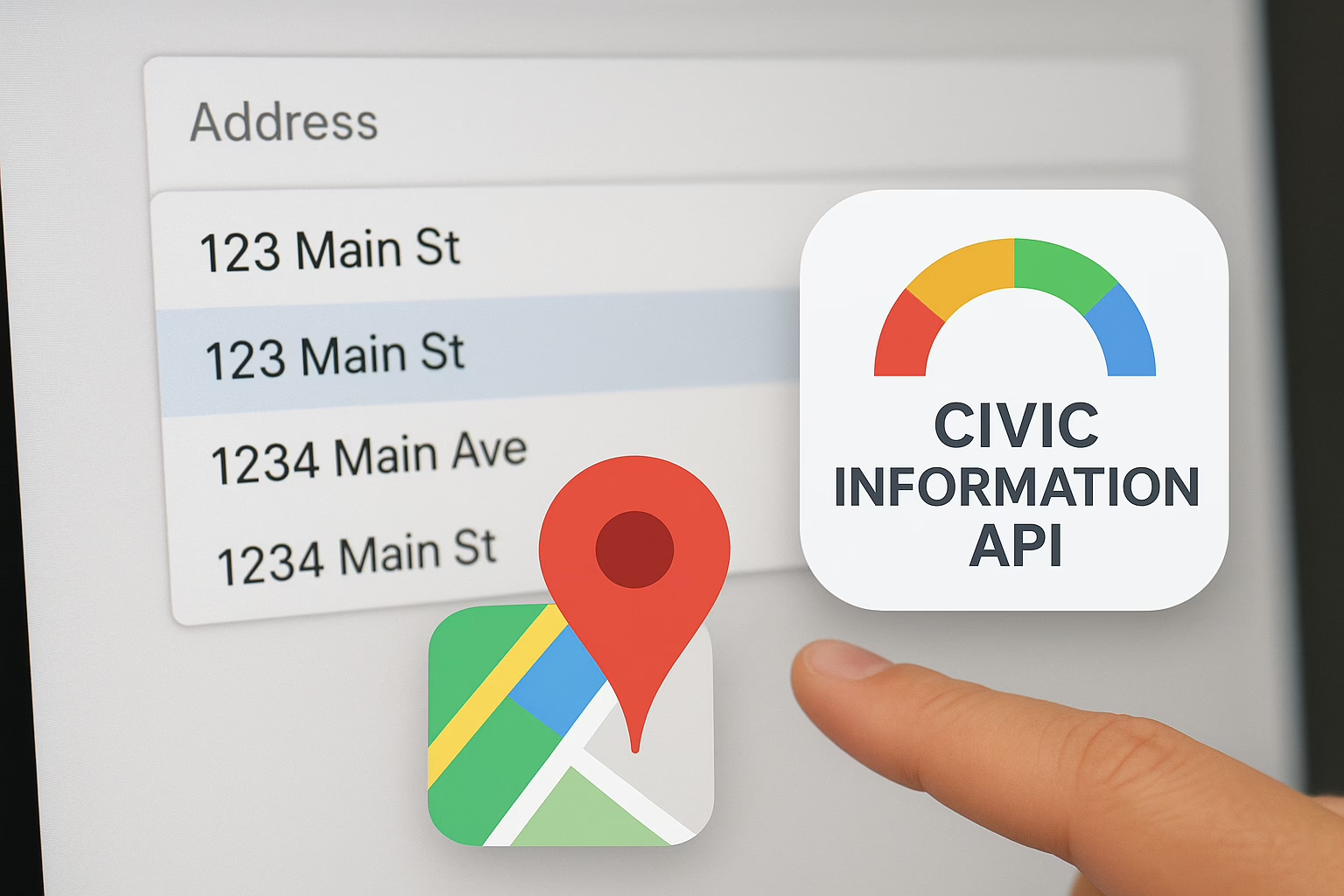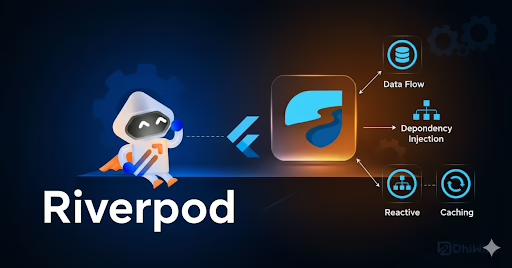Low-competition SEO keywords play a crucial role in improving a website’s search engine ranking. For any SEO service provider, understanding how to identify and target these keywords is essential. This comprehensive guide provides insights into the significance of targeting such keywords and offers practical strategies for effective implementation. By leveraging low-competition keywords, SEO services can help businesses achieve higher visibility and better search engine performance without the intense rivalry associated with high-volume keywords.
Understanding Low-Competition Keywords
In the dynamic world of SEO, the battle for visibility on search engines is fierce. When your content is competing against hundreds of other websites targeting the same high-volume keywords, it’s challenging to secure a spot on the coveted first page of search results. This is where the strategic pursuit of low-competition keywords becomes paramount, especially for any SEO service provider.
Difference between Head keywords and Long-tail keywords
Head Keywords:
Head keywords are short and generic terms that typically consist of one or two words. They are broad and usually have high search volumes.
- Shoes
- Fitness
- Travel
Long-Tail Keywords:
Long-tail keywords are longer and more specific phrases that are usually three words or more. They are more targeted and have lower search volumes but often higher conversion rates.
- Running shoes for flat feet
- Best home workout equipment
- budget-friendly travel destinations in Europe
Comparison:
- Search Volume:
- Head Keywords: Higher search volume due to their broad nature.
- Long-Tail Keywords: Lower search volume but more targeted.
- Competition:
- Head Keywords: Higher competition as many businesses are trying to rank for these popular terms.
- Long-Tail Keywords: Lower competition, making it easier to rank for specific and niche phrases.
- Conversion Rate:
- Head Keywords: Lower conversion rates as the intent of the searcher may be less clear.
- Long-Tail Keywords: Higher conversion rates because they usually indicate a more specific user intent.
- Example of Use:
- Head Keywords: A shoe store might target “shoes” to reach a broad audience.
- Long-Tail Keywords: The same store might also target “running shoes for flat feet” to reach a more specific audience interested in that particular type of shoe.
- Strategy:
- Head Keywords: Suitable for broader brand awareness and reaching a large audience.
- Long-Tail Keywords: Useful for targeting specific niches, addressing user intent, and capturing more qualified leads.
In an effective SEO strategy, a combination of both head and long-tail keywords is often employed. Head keywords help in reaching a broad audience, while long-tail keywords contribute to targeted and high-converting traffic.
SEO Keyword Research Tools
- Google Keyword Planner:
- Description: Provided by Google Ads, it helps you find keywords related to your business, estimate search volume, and discover new keyword ideas.
- Link: Google Keyword Planner
- Semrush:
- Description: A comprehensive SEO tool that offers keyword research, site audit, competitor analysis, and more.
- Link: Semrush
- Ahrefs:
- Description: A powerful SEO tool that includes features for keyword research, backlink analysis, site audit, and competitor research.
- Link: Ahrefs
- Moz Keyword Explorer:
- Description: Moz provides a suite of SEO tools, and Keyword Explorer specifically helps in finding relevant keywords and assessing their difficulty.
- Link: Moz Keyword Explorer
- Ubersuggest:
- Description: Neil Patel’s Ubersuggest provides keyword suggestions, content ideas, and competitive analysis.
- Link: Ubersuggest
- KeywordTool.io:
- Description: This tool generates keyword ideas by pulling data from Google Autocomplete. It also provides keyword suggestions for YouTube, Bing, Amazon, and more.
- Link: KeywordTool.io
- SpyFu:
- Description: SpyFu allows you to see your competitors’ most profitable keywords, helping you refine your own keyword strategy.
- Link: SpyFu
- Long Tail Pro:
- Description: Focused on finding long-tail keywords, Long Tail Pro helps you discover low-competition keywords for your niche.
- Link: Long Tail Pro
- SERPstat:
- Description: SERPstat offers features for keyword research, competitor analysis, rank tracking, and site audit.
- Link: SERPstat
- KWFinder:
- Description: KWFinder is known for its simplicity and effectiveness in finding long-tail keywords with low SEO difficulty.
- Link: KWFinder
Conclusion
In summary, focusing on low-competition keywords is a key strategy for improving a website’s search engine ranking. By understanding the nuances between head and long-tail keywords, an SEO service provider can strike a balance between broad visibility and targeted engagement. Utilizing tools like Google Keyword Planner, Semrush, and others enables effective keyword research, empowering businesses to optimize their content for better online performance.
Sreyas is a prominent software and mobile app development firm, boasting extensive expertise in UI/UX design. As an SEO service provider, our global presence allows us to offer a comprehensive range of services, including data migration, database management, web hosting, infrastructure management, and more to clients worldwide.







